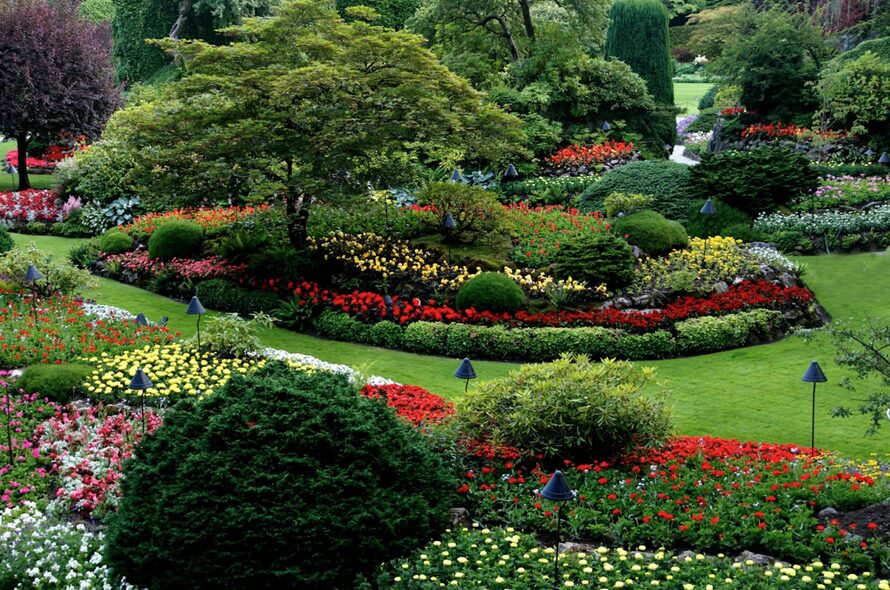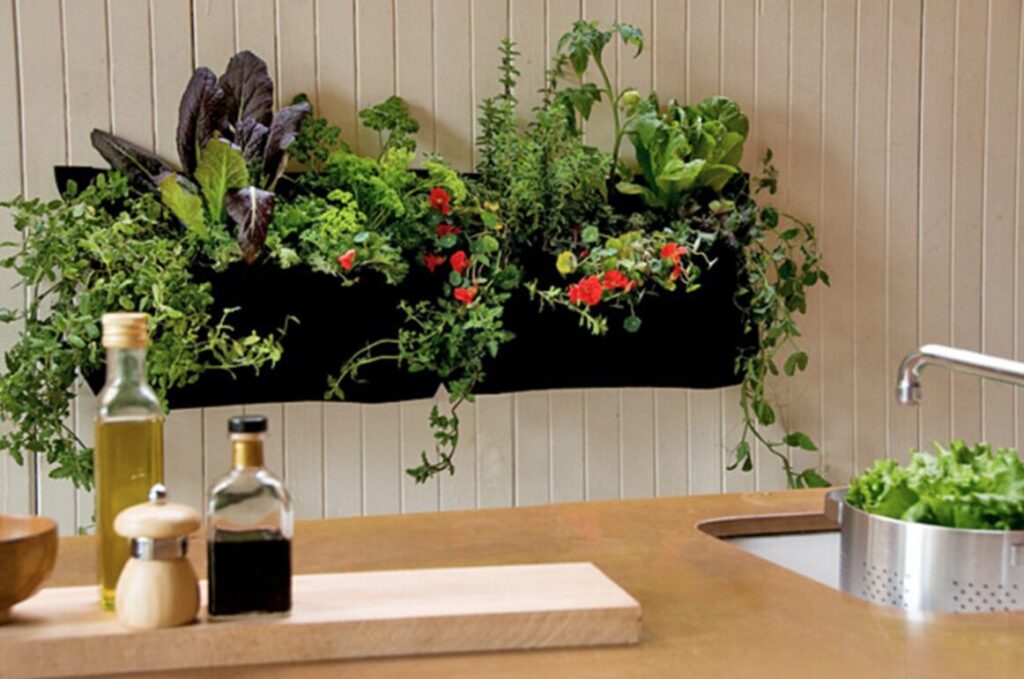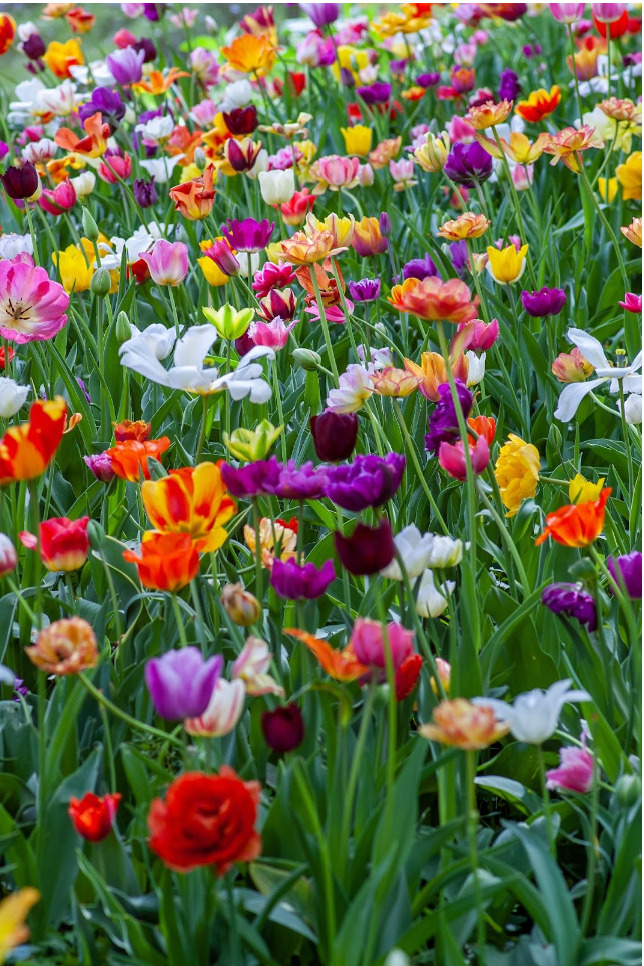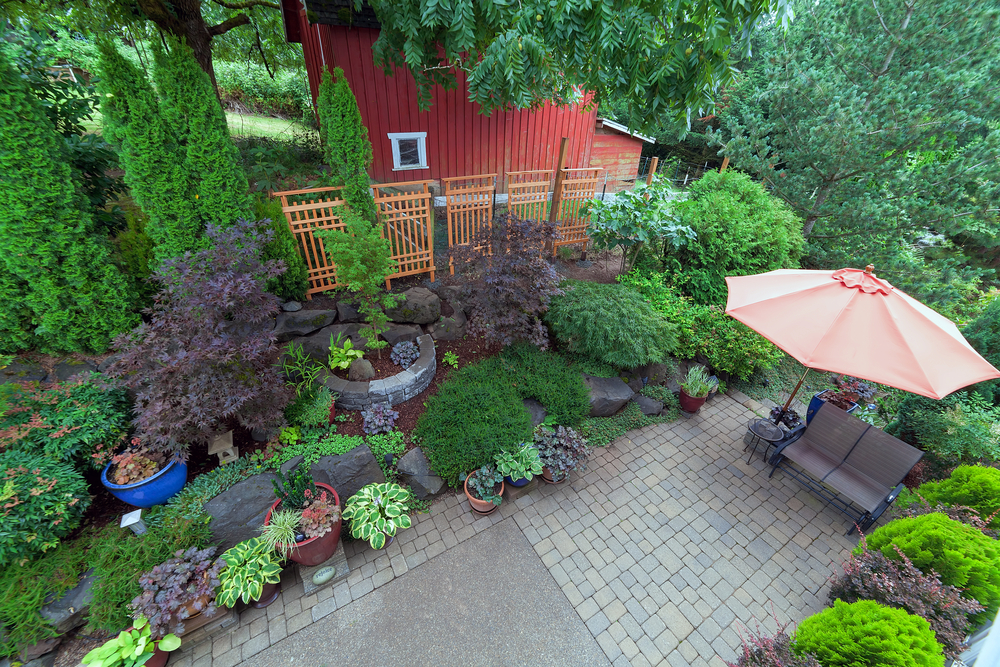If you’re hiring a landscaper for your home, how can you be sure that the one you’re considering knows what they’re doing and will deliver the desired results?
The right landscaper can transform your yard, but the wrong one could cost you more in terms of money, time, and frustration.
Read More





